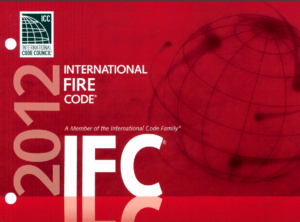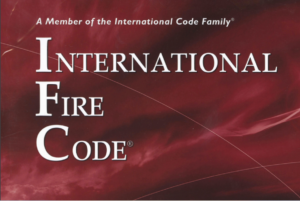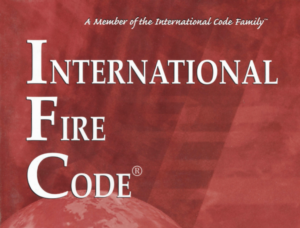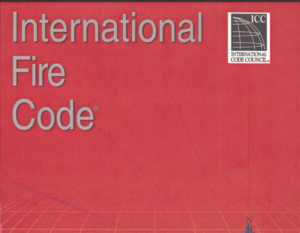The 2004 edition of NFPA 59, the Utility LP-Gas Plant Code, focuses on the standards for the design, construction, operation, and maintenance of utility gas plants utilizing liquefied petroleum gas (LP-Gas). Originally established in 1949 and revised regularly, this code provides comprehensive guidelines for managing LP-Gas in utility settings, extending to the point where LP-Gas or its mixtures are introduced into distribution systems.
Significant updates in this edition include restructured chapters for clearer administration, definitions, and general requirements, aligning with the NFPA Manual of Style for easier reference and compliance. The code covers various aspects of LP-Gas utility plants, including the handling and transfer operations of LP-Gas to storage cylinders, adhering to NFPA 58 standards for detailed operational procedures.
NFPA 59 ensures that all operations involving LP-Gas at utility plants meet stringent safety standards to manage risks associated with gas handling and storage. The code mandates that utility gas plants implement specific safety measures, equipment, and training for personnel to handle emergencies effectively.
Additionally, the code provides guidance on the infrastructure of gas plants, including specifications for equipment like containers and vaporizers, emphasizing the importance of using approved equipment and maintaining protective measures against potential vehicle damage and other hazards.
Overall, NFPA 59 serves as an essential regulatory framework for utility gas plants using LP-Gas, focusing on safety, operational efficiency, and compliance with established gas handling procedures.






